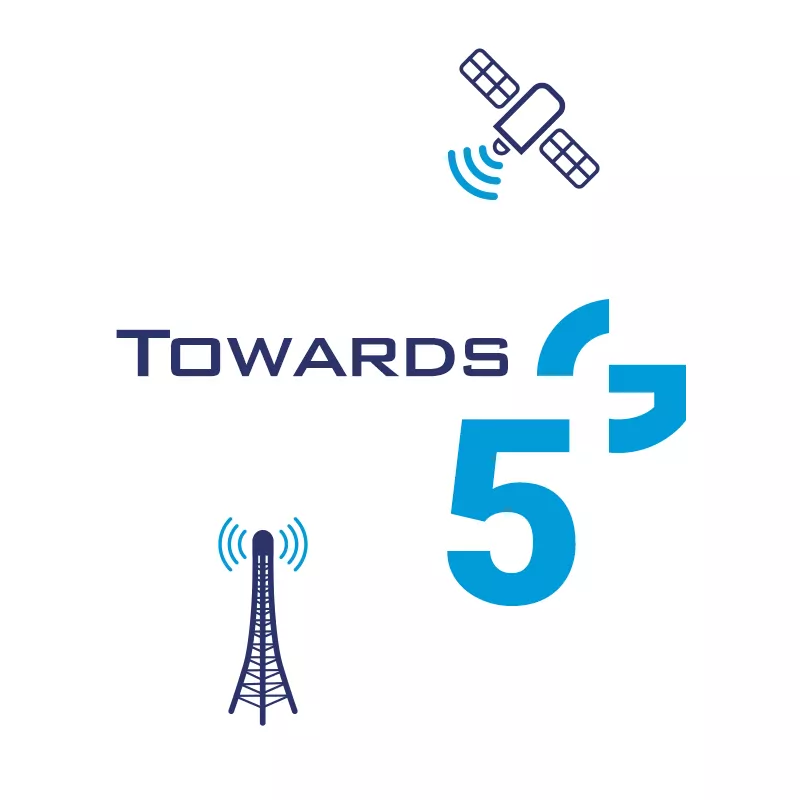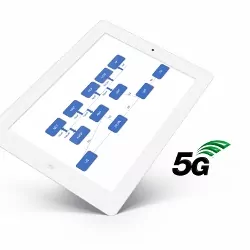
5G Satellite
As we are bombarded from all over the places with the repeated phrase that “5G will not be only about higher speeds and shortened latency, but it’s the whole ecosystem change”, the question arises, do the satellite systems also fit in this picture? Based on recent research and 3GPP standardization discussion, the answer seems – yes, they are considered as a part of the next generation wireless. This post presents some use cases for application of the satellite systems in 5G ecosystem.
Benefits of satellite systems
The benefits of the satellite systems can be as follows:
- Global reach – provide coverage over the whole world for the land (of course with the limited reach indoor), and sea as well as can reach the aircrafts;
- High efficiency for distributing large volume of data – efficient broadcasting capabilities and content caching;
- Synchronized delivery assurance – GPS-like synchronization usage.
Use cases for satellite systems
Due to their key features as presented above they may find their application in the 5G context in the following example use cases:
- Broadcast services – as they do now for digital TV;
- Broadband access everywhere – to reach places that the cost of the deployment of the regular mobile network is too high;
- Lifeline communications disaster areas – where the connectivity of the mobile networks disappear;
- High user mobility – to decrease signalling and handover rates, as well as improve reliability by decreasing service interruption;
- Wireless backhaul – where it’s too hard or too expensive to deploy terrestrial backhaul;
- Aircraft services – to provide onboard connectivity;
- Massive IoT – for example for freight tracking / sensors connectivity when traveling over oceans and seas.
The 5G use case triangle
If we look at the above, we can see that satellite systems can provide benefits to all main 5G use cases when integrated within 5G ecosystem, for example:
- Enhanced MBB: provide services onboard aircrafts; accelerate service deployment in underserved areas; fast service setup for special events; provide backhaul and access links;
- Massive MTC: extend service coverage; provide access links;
- Ultra-reliable MTC: improve service reliability; provide access links;
Summary
In summary, and simplifying a bit, the satellite systems can help 5G to be a really ubiquitous system acting as a complementary connectivity to the cellular mobile infrastructure, where:
- Cellular networks are very good in dense areas and can be deployed to provide indoor coverage where the satellite systems cannot reach due to penetration losses and large pathloss.
- Satellite systems can provide coverage over the large remote areas that are uncovered by cellular systems due to cost or reachability reasons and/or upon cellular terrestrial systems failures (e.g. upon disaster / earthquake).
References:
[1] “The role of satellites in 5G”, B. Evans, et al., EUSPICO 2015
[2] 3GPP RP-161990







Leave a Reply